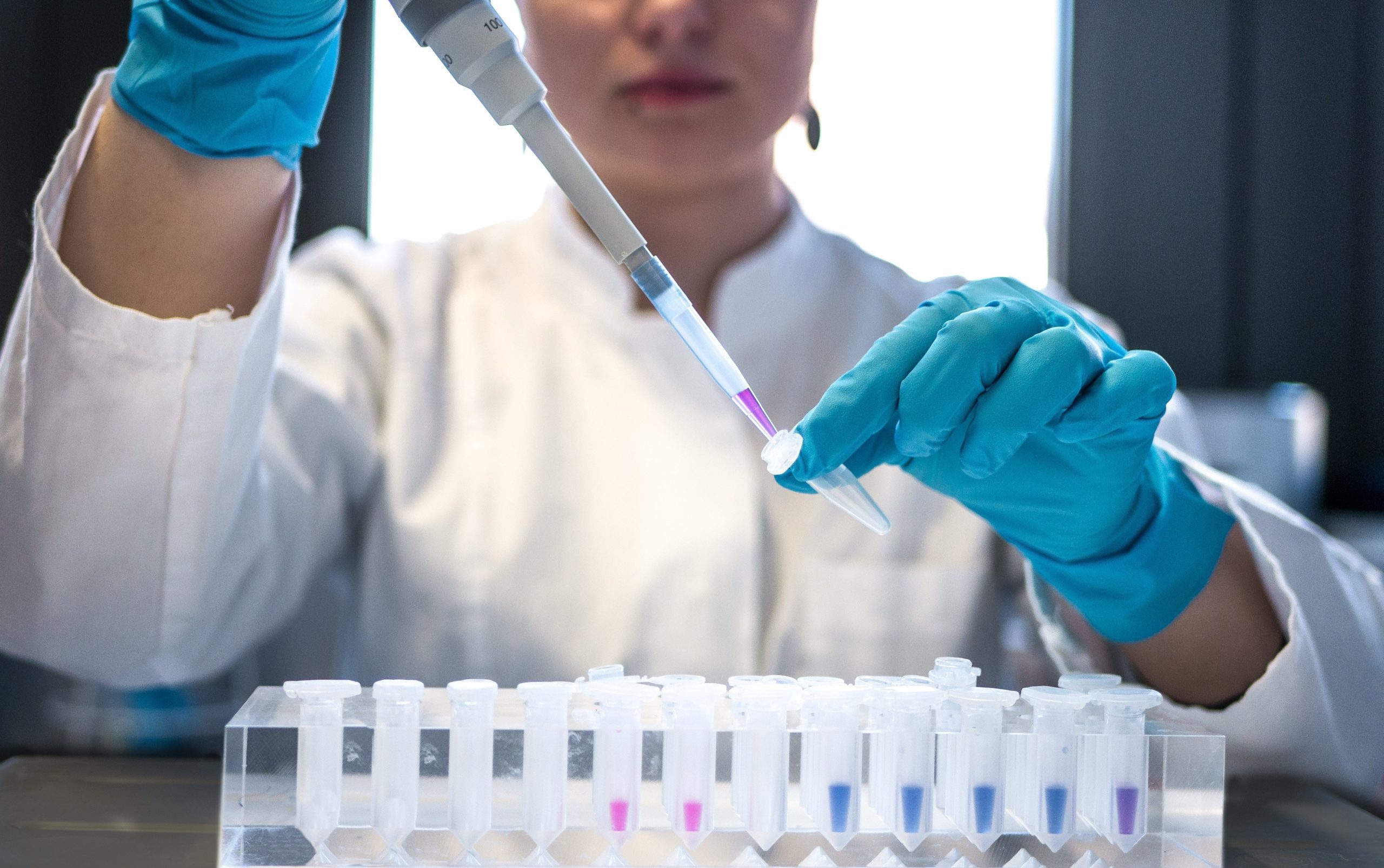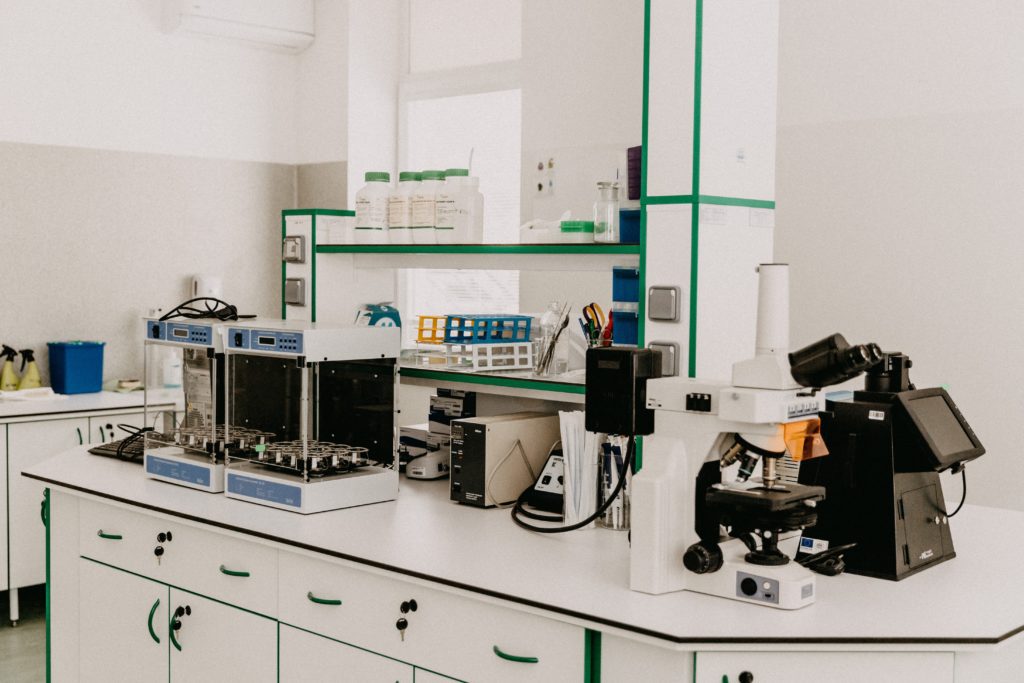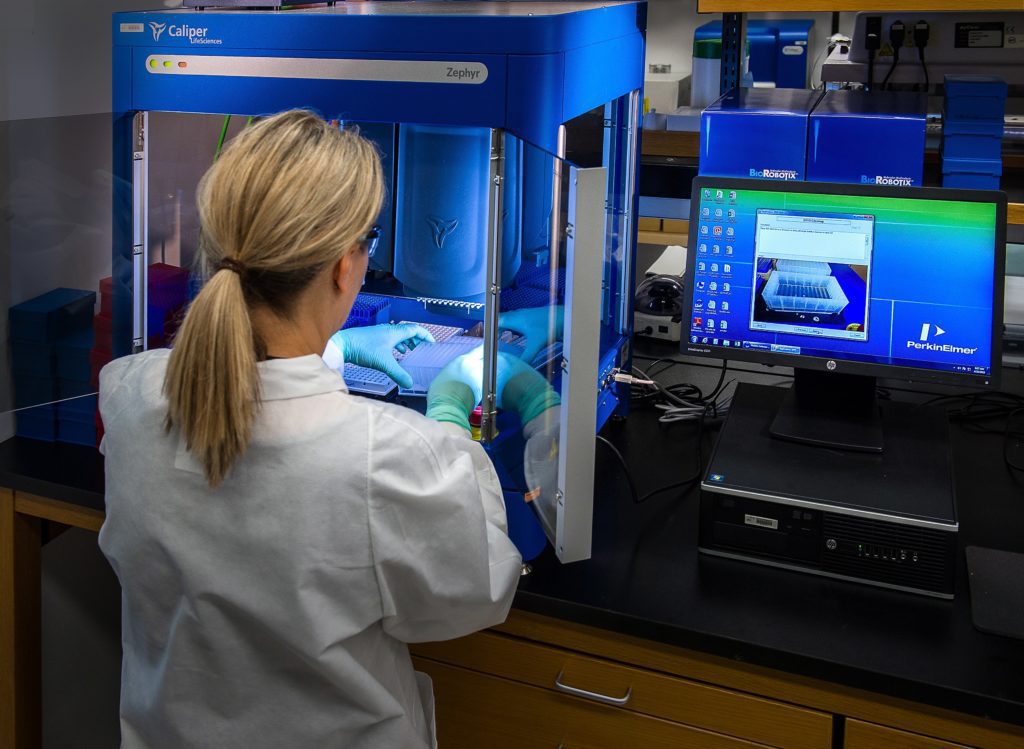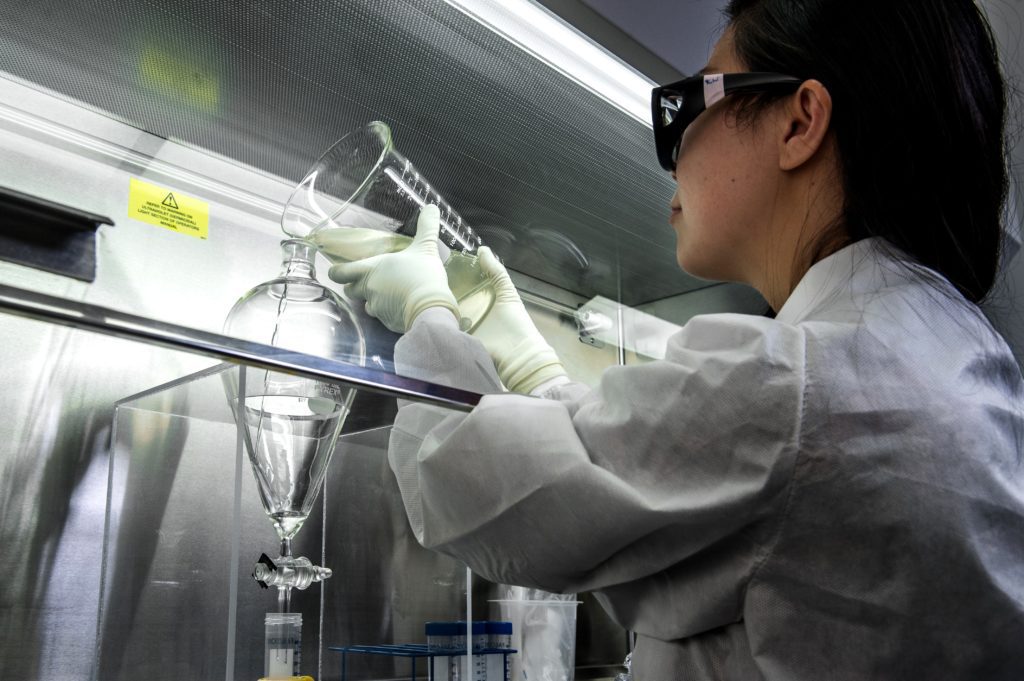05/23/2022 | Industrial Water Treatment | 8 MINUTE READ
Perfecting and Maintaining Best Laboratory Practices

Regardless of the types of experiments and research you perform in a laboratory, keeping the lab environment clean and safe is essential if you want to guarantee accurate results. Even the smallest action can have a significant impact on an experiment, which is why it’s highly recommended that you set best laboratory practices to help you maintain a safe, efficient, and clean environment.
While there are many reasons why you should maintain and perfect best laboratory practices, the primary reason is that doing so will allow you to create a document trail, which delivers traceability for all laboratory measurements. Any scientific data and results that are obtained from experiments can be more easily defended since the quality and reliability of the data is assured. Some of the additional benefits of maintaining best laboratory practices include:
- Better laboratory reputation
- More productivity in the lab
- Redoing experiments isn’t as necessary
- More confidence in the reliability of the data
- Initial results should be more accurate
By implementing best laboratory practices, tasks should be completed more efficiently. The following guide shows you how to maintain and perfect best laboratory practices.

What is Good Laboratory Practice (GLP)?
Good Laboratory Practice (GLP) refers to a system that covers the conditions and processes under which laboratory studies are performed, planned, recorded, monitored, and archived.
By adhering to the best laboratory practices, you can be confident that the data obtained in the laboratory meets integrity and quality requirements. Laboratories make for complex environments where every single thing you do can lead to the success or failure of research or a project that you’re working on.
Best laboratory practices facilitate a more structured setting where every run of your experiment is successful. To understand just how beneficial it can be to implement GLP, think of all of the research or experimental mistakes that you and other team members have made without these guidelines in place. GLP helps to eliminate these mistakes. Keep in mind that GLP must be followed for specific studies and procedures, all of which will be detailed in the following.
When You Need to Comply with GLP
The FDA has set guidance on when laboratories must comply with Good Laboratory Practice. For instance, any studies on animal health products must be performed with GLP in mind. This requirement extends to over-dosage studies for the target species, tissue residue depletion and accumulation studies, animal safety studies, and under-irrigation studies.
It’s also necessary to adhere to these practices during any safety study that focuses on possible drug abuse characteristics. If a test article must be sent directly to the FDA to obtain a marketing or research permit, GLP should be followed. You’ll also need to comply with these practices for any chemical procedures that involve identifying the stability of a chemical and any mixtures. The same is true if you are determining the concentration and homogeneity of test mixtures.
You don’t need to comply with GLP for such procedures as:
- Safety studies for cosmetic products
- Validation trials that are performed to confirm analytical methods pertaining to drug dosage and animal tissue
- Tests done to create chemical methods for analysis
- Various chemical procedures that are used when analyzing specimens, which include urinalysis and clinical chemistry
You won’t need to maintain GLP in your laboratory during the early development stages for a product or research paper. These stages include screening, basic research, concept assessment, and discovery. According to the WHO, GLP compliance is usually limited to the second stage of drug development. By knowing when to comply with Good Laboratory Practice, you shouldn’t find yourself in a situation where the FDA has an issue with the work you’ve done.

Guidelines for GLP
If you want to make sure that you and the remainder of your team members maintain the best laboratory practices, there are some guidelines that you must follow. These guidelines are separated into different components of a study.
Facility and Equipment
Testing facilities must properly separate activities to make sure that any disturbance or interference is prevented. If allowed, these disturbances could compromise the quality of the study. Have separate areas for:
- Storing the test systems
- Storing the control and test articles
- Storing control and test article mixtures
- Mixing of control and test articles via a carrier
The equipment that you use during a study must be maintained and calibrated on a regular basis. All records of this maintenance must be stored to make sure that equipment operators can reference the records whenever required.
Personnel
Before beginning the study, a director should be put in charge of the study by the manager of the testing facility. The director is responsible for how the study is performed. If GLP compliance isn’t maintained during the study, the director will be at fault for the issue. All testing facilities will need to have a Quality Assurance Unit, which is kept separate from the testing facility management.
Characterization
Any personnel who conduct the study need to have a good understanding of certain information that can be found on every control and test article. This information includes:
- Date of receipt, storage instructions, expiry date
- Composition, stability, purity, and identity
- Quantity received and used
Study Plan
A study plan is known to be the guidance document that everyone follows while the study is ongoing. It will outline how the study is performed and when different stages of the study should be completed. Any materials or methods that are used during this study will be placed in the study plan.
Keep in mind that the protocol needs to be reviewed, discussed, and officially approved before the study can start. This process begins when the study director puts it together and has a discussion about the contents of the plan with any personnel who will perform the study. Once discussion has occurred, the study director will approve the plan by placing a dated signature on the document.
When the study director officially approves the plan, it will be reviewed by the Quality Assurance Unit mentioned previously. This individual will determine if the study plan complies with GLP. All personnel will be informed about the duties they will have during the study. They will also receive copies of the study plan at this time.
Standard Operating Procedures
Every area of the testing facility needs to maintain Standard Operating Procedures. Following SOPs is particularly important during routine procedures. All SOPs need to be formally approved by the facility manager. If you or a team member wants to deviate from these procedures, you must receive authorization from the study director.
Final Report
Putting together the final report is a responsibility that the study director has. They will prepare and approve this report. Some of the details that are typically included in a final report extend to:
- GLP compliance statement
- Scientific analysis of results
- Critical discussion of the results
- All deviations from SOPs
- Thorough account of how the study was performed
Record Storage
While the study is ongoing, the study director must make sure that all data is captured and placed in records for safe storage. All records and documents pertaining to the study will be archived once the study concludes. The documents that must be archived include the final report, any standard operating procedures, and the study plan.
The testing facility manager will determine who has access to these records. Whenever someone accesses, removes, or returns these records, it will need to be logged. Consider indexing these records for simpler retrieval.
Record Retention
The duration that records must be retained largely depends on GLP regulations. If the study results were submitted directly to the FDA, the records need to be maintained for five years. In the event that the results of the study weren’t sent to the FDA for approval, records must be archived and maintained for a period of two years or more.

Complying with GLP: Testing & Approval
The primary steps that occur during the testing phase of GLP compliance include:
- Testing manager will accept the assignment and create a plan for it
- The testing manager and quality assurance staff will approve and formally sign the plan
- The plan will contain test methods, procedures, and number of tests
- The scope of testing may include quality assurance inspections that make sure GLP compliance is maintained
- Trial runs are performed, after which raw data is documented
- A concluding report is written by the testing manager
- Quality assurance staff members approve the report
The approval steps are more straightforward and include:
- All documentation must be submitted before approval can be granted
- In the event that documentation isn’t submitted, it will be labeled as not being performed
- The product could fail to obtain approval if documentation is missing
As for GLP tests, these are commonly performed in climate chambers and incubators.

Further Tips for Maintaining a Safe and Effective Lab
Knowing how to keep your laboratory clean and safe is essential if you want to avoid compromising the results of a study or procedure that you perform in the lab. The guidelines detailed above show you how to follow Good Laboratory Practice, which is required for specific types of research. Even when GLP isn’t required, it’s highly recommended that you take measures to maintain a safe and effective lab.
Another tip that may prove useful is that you should wear Personal Protective Equipment at all times. Even if you take steps to mitigate risks while in the lab, there’s always the possibility that a chemical could spill or splash in the area around you. Wearing protective equipment ensures that any chemical spills don’t put you in danger.
Posted by Dominic O'Donnell on May 23, 2022
Sensorex is a global leader in the design and manufacture of quality sensors for water quality and process applications. The company offers more than 2000 sensor packages for pH, ORP, conductivity, dissolved oxygen, free chlorine, chlorine dioxide, UV transmittance and other specialty measurements, as well as a full line of sensor accessories and transmitters. Its expert technical support engineers solve analytical sensor challenges with custom designs and off the shelf products.




